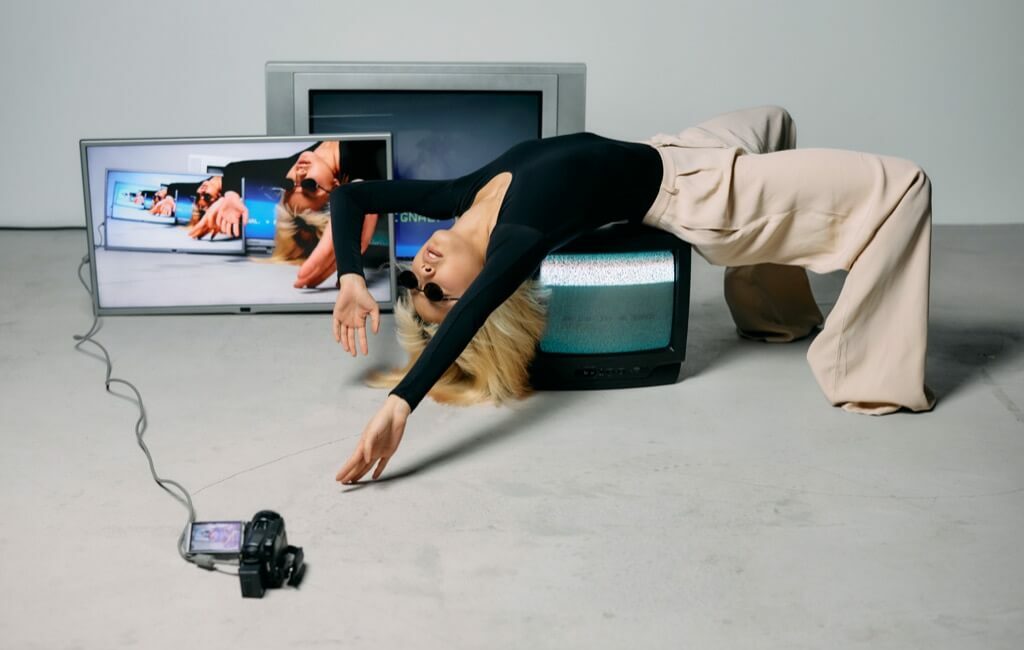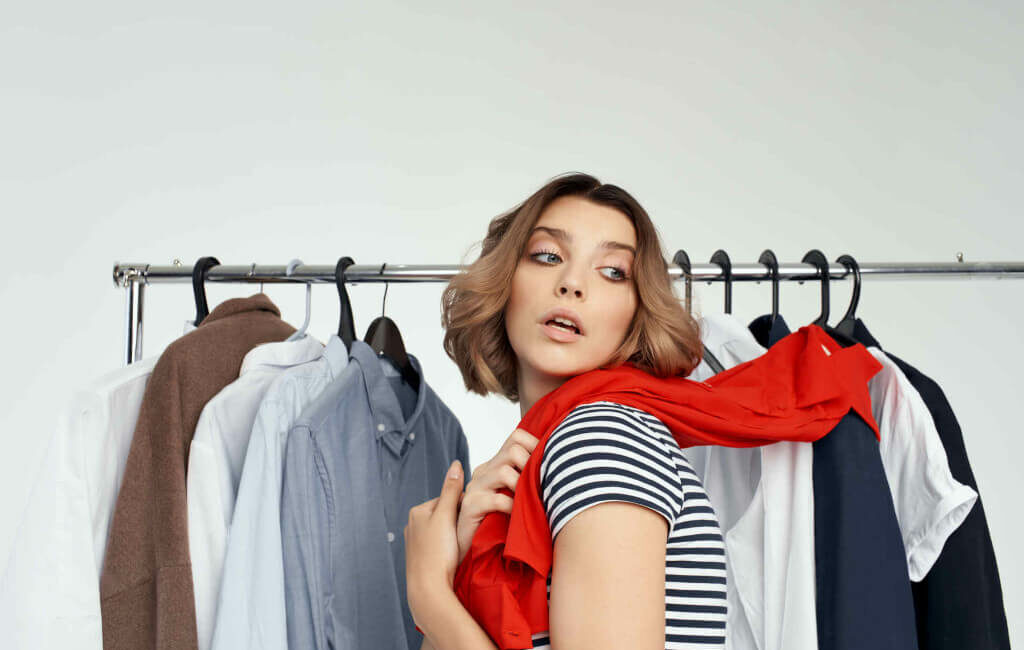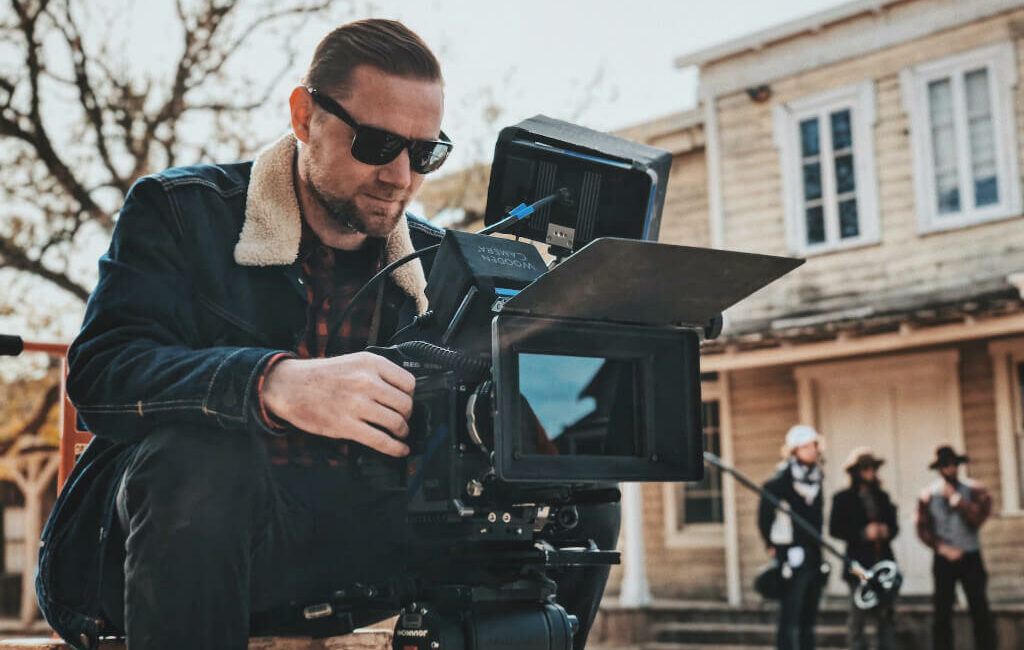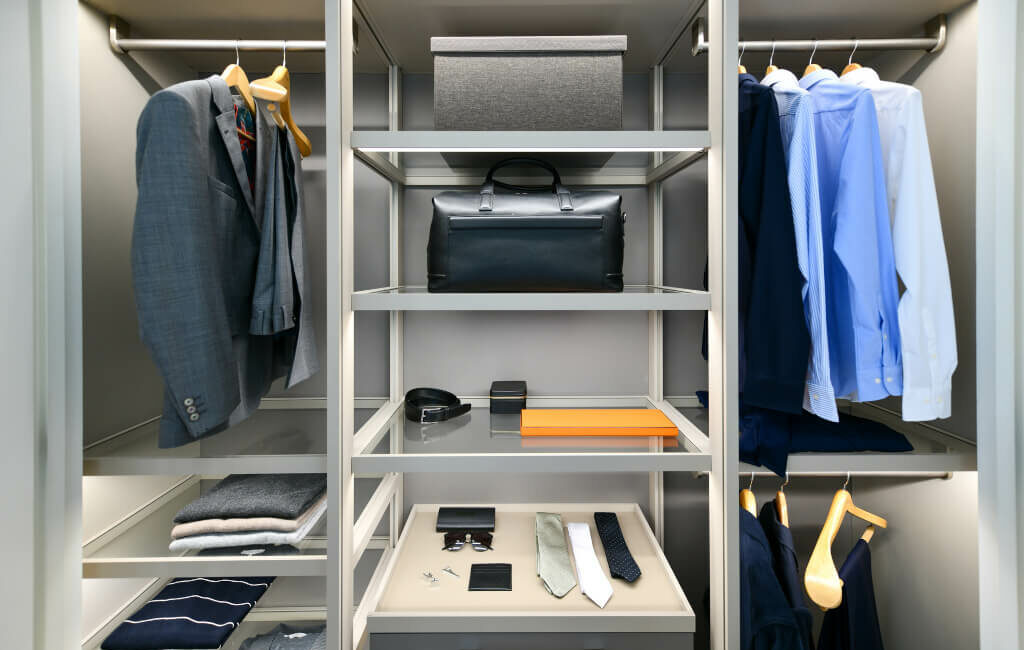Fashion is a continually evolving cultural phenomenon that reflects the spirit of the times and societal aesthetics, while stills production is the craft of creating static visuals that communicate ideas, stories, or emotions. The two have been intertwined since the dawn of photography, with fashion often inspiring the aesthetic direction of stills, while the techniques […]
Continue readingCategory: Style
10 Quick and Easy Techniques to Elevate Your Hair Style
When you’re already running behind, taking the time to style your hair can feel like a burden. But you shouldn’t let the fact that you don’t have time to do your hair prevent you from caring about how you look. You can have fashionable hair that takes very little time and effort but still looks […]
Continue readingPractical Benefits of a Wardrobe That Can Be Used as a Business Tool
If you don’t squander time and energy finding out how to dress for success, you’ll have more of both to put toward genuine success. The Cliche “Clothes Make the Man” Would Have Us Believe Otherwise The suggestion is that we ought to make an effort to appear more put together and competent. However, in recent […]
Continue readingWhat Do Wardrobe Stylists Do in a Film Production?
If you take a lot of pictures of people, you’ll notice how their clothes may completely change the mood of a shoot. However, it may be difficult to determine exactly what is off-putting about the image. Bring in your ace in the hole: a professional wardrobe organiser. A wardrobe stylist (sometimes known as a fashion […]
Continue readingTop 6 Guidelines to Help You Look Your Best on Film Sets
It might be difficult to decide what to wear on film sets. When it comes to wardrobe on film sets, there are several considerations and concerns to keep in mind. Believe it or not, dressing appropriately for the camera is crucial. Whether you’re a famous person or not, you should always put effort into your […]
Continue readingHow Your Business Fashion Becomes an Expression of your Personality
The following discusses the four most frequent professional styles and the message each sends about you and your business. The clothes you wear on the job are a form of visual identification that represents you. It makes your case even while you remain silent. But have you ever stopped to consider how your clothing choices reflect […]
Continue reading




